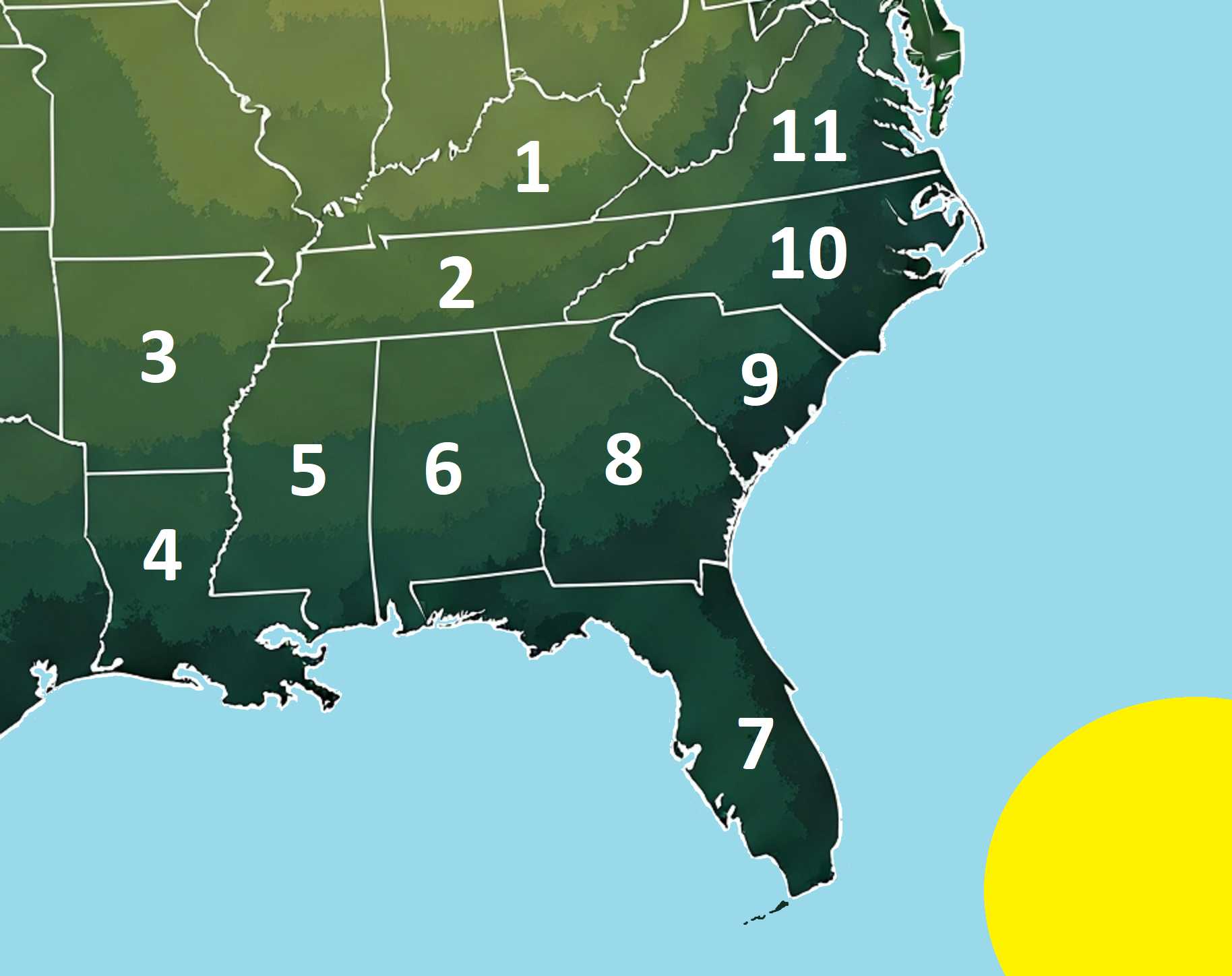
Southern State Nicknames Trivia Quiz
Every state in the United States has a nickname, either officially adopted or unofficially popular. In the final labeling quiz of this series, eleven states of the American South are shown on the image. Label each state with its nickname. Enjoy the quiz!
A label quiz
by mcdubb.
Estimated time: 3 mins.
